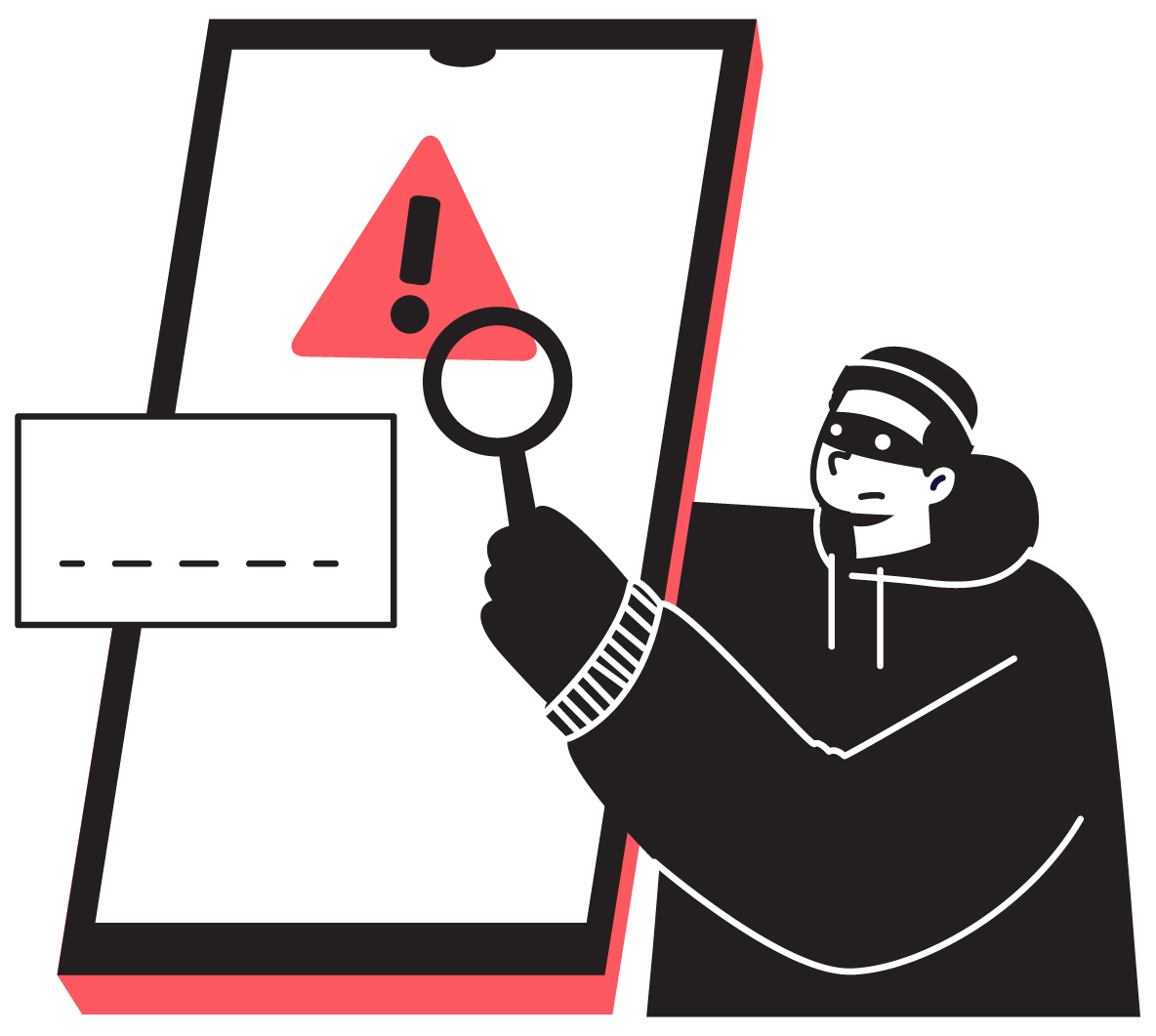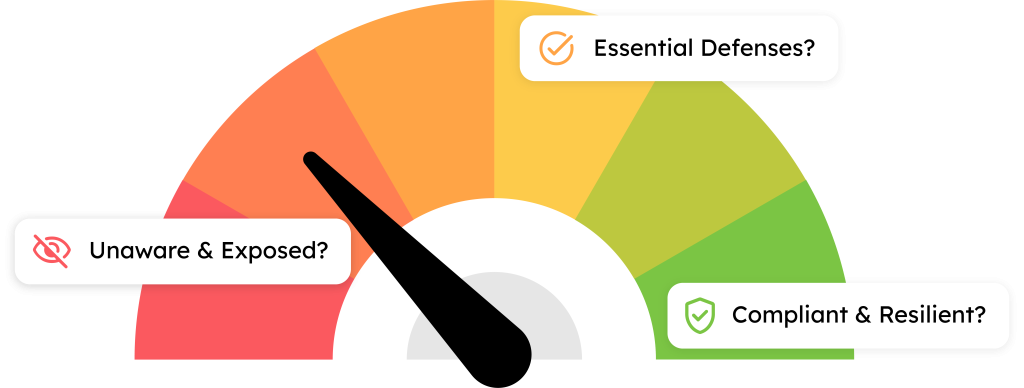Cybersecurity can feel like a confusing, never-ending battle for Australian businesses. With threats like ransomware and invoice fraud on the rise, and new compliance laws looming, it’s easy to feel overwhelmed. Where do you even begin?
The truth is, you can’t protect what you can’t see.
That’s why we’ve developed the Geeks on Tap Security Maturity Framework. We’ve turned the chaos of cybersecurity into a clear, 7-level roadmap that allows any business to understand its current posture, identify its risks, and build a strategic plan for a more secure future.
But before we explore the path forward, we need to talk about the starting point where most businesses find themselves: Level 0.

The True Cost of Level 0: Why Ignorance Isn’t Bliss
Level 0 isn’t a technical term; it’s a business condition. It’s the default state of operating with a dangerous mindset: “we’re too small to be a target,” or “it won’t happen to us.” It’s the belief that basic, out-of-the-box settings are “good enough.”
In today’s digital economy, this isn’t just a gamble; it’s a guarantee of a future crisis. Scammers don’t discriminate by size; they use automated tools to find easy targets, and a Level 0 business is a wide-open door.
Common Mistakes to Avoid at Level 0
Staying at Level 0 is often the result of a few common, yet critical, oversights:
Don’t assume you’re too small to be a target.
- Cybercriminals use automated scanners to find vulnerabilities. To them, your business is just an IP address with an unlocked door.
Don’t rely on default settings.
- Default configurations for platforms like Google Workspace are designed for ease of use, not for optimal security. They often leave critical gaps that need to be addressed manually.
Don’t underestimate the human element.
- 90% of successful cyber attacks start with a human element, like an employee clicking on a phishing link. Without training or technical backstops, your team is your biggest vulnerability.
Don’t ignore the warning signs.
- Are emails from trusted clients suddenly going to spam? Is your system running unusually slow? These aren’t just IT quirks; they can be early indicators of a compromise.
The Effects of Staying at Level 0
Being ignorant of your security posture doesn’t prevent a disaster; it just ensures you won’t see it coming. When a Level 0 business is inevitably hit, the consequences are severe and multi-faceted:
- Significant Financial Loss: This is the most immediate impact. It could be an $ 80,000 invoice fraud like the one that hit a Melbourne builder we know, or a ransomware demand that cripples your finances. The average cost for an Australian SMB is a staggering $46,000 per incident.
- Operational Paralysis: When your systems are compromised, your business stops. Emails can’t be sent or received, client files are inaccessible, and your team is left unable to work. Every hour of downtime is an hour of lost revenue and productivity.
- Irreversible Reputational Damage: Trust is your most valuable asset. Having to inform your clients that their data has been breached is a conversation no business wants to have. It leads to lost clients, negative word-of-mouth, and can make winning new business nearly impossible.
- The Personal Toll: The stress of managing a security breach is immense. It leads to sleepless nights, immense pressure on you and your staff, and can burn out even the most resilient teams. The good news is that moving from Level 0 is the single most impactful step you can take. It starts with one action: gaining clarity.
The 7 Levels of Security Maturity

Level 0: Unaware & Exposed
This is the default state for many businesses. The mindset is often, “It won’t happen to us,” and security is managed with default settings and crossed fingers. At this stage, your business is a sitting duck for the most common, and often most devastating, cyber attacks.
Common Risks: You are dangerously exposed to phishing, invoice fraud, and accidental data leaks. Without any visibility, you have no way of knowing if a breach has already occurred.
How to Level Up: The only way forward is to get a baseline. The first step is to get a data-driven picture of your current risks. This is exactly what our free Security Level Assessment is designed to do.
Level 1: Aware but Overwhelmed
You’ve taken the first step and run an assessment. Congratulations—you now have more clarity than most. But now you’re staring at a report filled with red flags. The feeling is often overwhelming, and the risk of “paralysis by analysis” is high.
Common Risks: All the dangers of Level 0 remain, but now with the added stress of knowing they exist. Inaction is still the biggest threat.
How to Level Up: Don’t try to boil the ocean. Focus on the top 1-2 critical issues identified in your personalized SAT Report. Patching the biggest holes first provides the greatest immediate risk reduction.
Level 2: Foundational Patching
You’ve addressed the most urgent recommendations from your initial scan. You’ve plugged the obvious holes and tightened up basic settings. This is a great step, but a critical vulnerability often remains.
Common Risks: Your email domain can likely still be easily impersonated by scammers. This allows them to send fraudulent invoices to your clients that look like they came from you, exposing you to massive financial and reputational damage.
How to Level Up: Lock down your email domain by implementing DMARC and other email authentication standards. A tool like Sendmarc automates this process.
Level 3: Essential Defenses
This is a strong baseline for any modern business. Your email is secure, you’ve fixed your primary configuration gaps, and you can feel reasonably safe from common, everyday attacks.
Common Risks: Your defense is focused on the cloud. What about the devices your team uses every day? A single employee’s laptop infected with malware or ransomware can bypass your cloud security and spread across your entire network.
How to Level Up: Protect every device your business uses. Deploying advanced endpoint protection like Sophos provides the critical next layer of defense.
Level 4: Proactive Monitoring
You’ve moved from a reactive to a proactive security model. You’re not just defending; you’re actively monitoring your systems for threats.
Common Risks: As your defenses become more sophisticated, so do the threats. Internal risks from employee error or a lack of clear policies can undermine your technical tools.
How to Level Up: Formalize your strategy. Establish clear security policies, conduct regular reviews, and begin ongoing security awareness training for your team.
Level 5: Compliant & Resilient
Your security posture is strong, documented, and aligned with industry standards like the Australian Privacy Act. You are ready for an audit and can confidently demonstrate due diligence to clients and regulators.
Common Risks: The security landscape is always changing. The biggest risk is falling behind on new threats or compliance rules and letting your well-built fortress become outdated.
How to Level Up: Create a formal Incident Response Plan. Document exactly what happens in the event of a breach and partner with an expert team to help manage your security 24/7. This is where Managed Security Services become essential.
Level 6: Strategic Partnership
At the highest levels, security is no longer just a defense mechanism—it’s a competitive advantage. You use your robust security posture to win and retain client trust, confidently enter new markets, and innovate without fear. The biggest risk here is complacency. Security is an ongoing journey, managed through a strategic partnership with an expert team, like a virtual Chief Information Security Officer (vCISO).
What Level Does Your Business Need To Meet?
Security is not one-size-fits-all. The right level depends on your industry and risk profile.
Find Your Level Today
Stop guessing where you stand. Our free, instant assessment tool will analyze your Google Workspace posture and give you your current Security Level in under 60 seconds.
It’s the first step on your roadmap from uncertainty to strategic confidence.